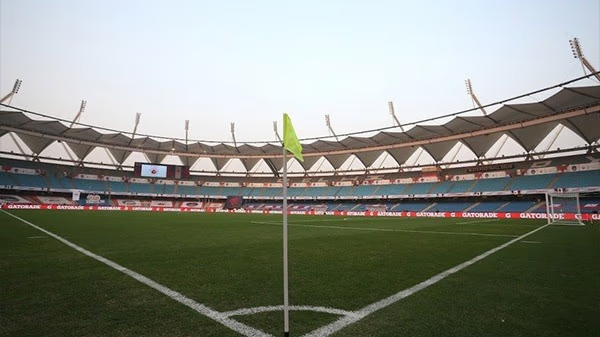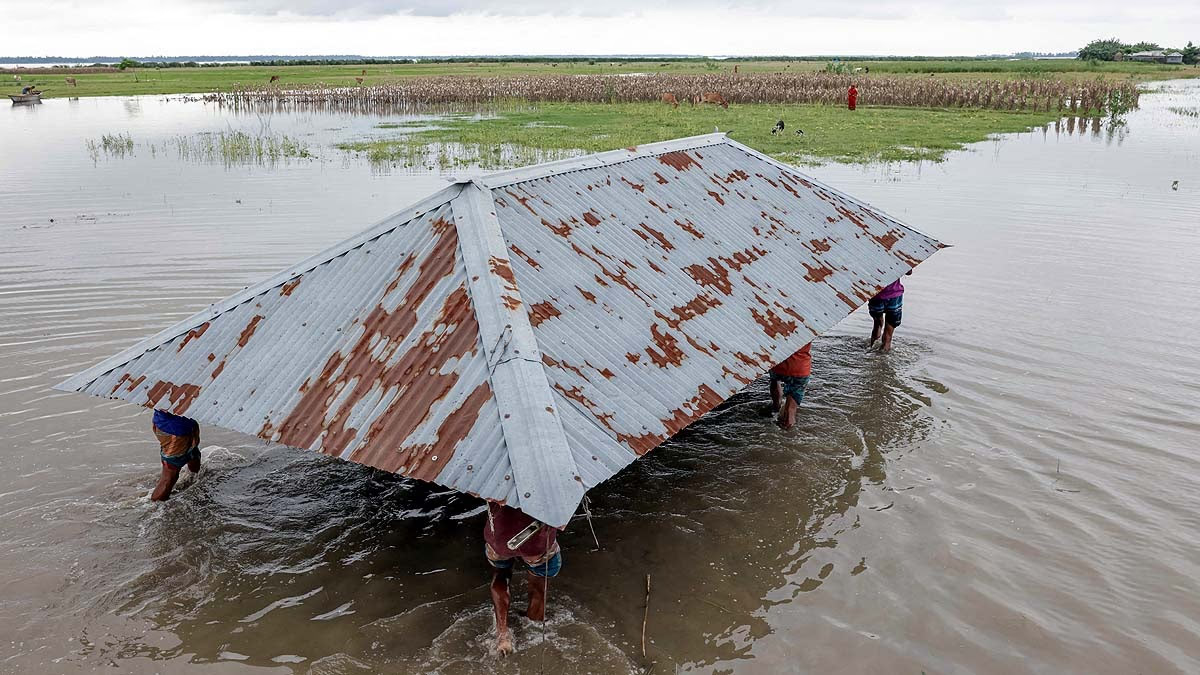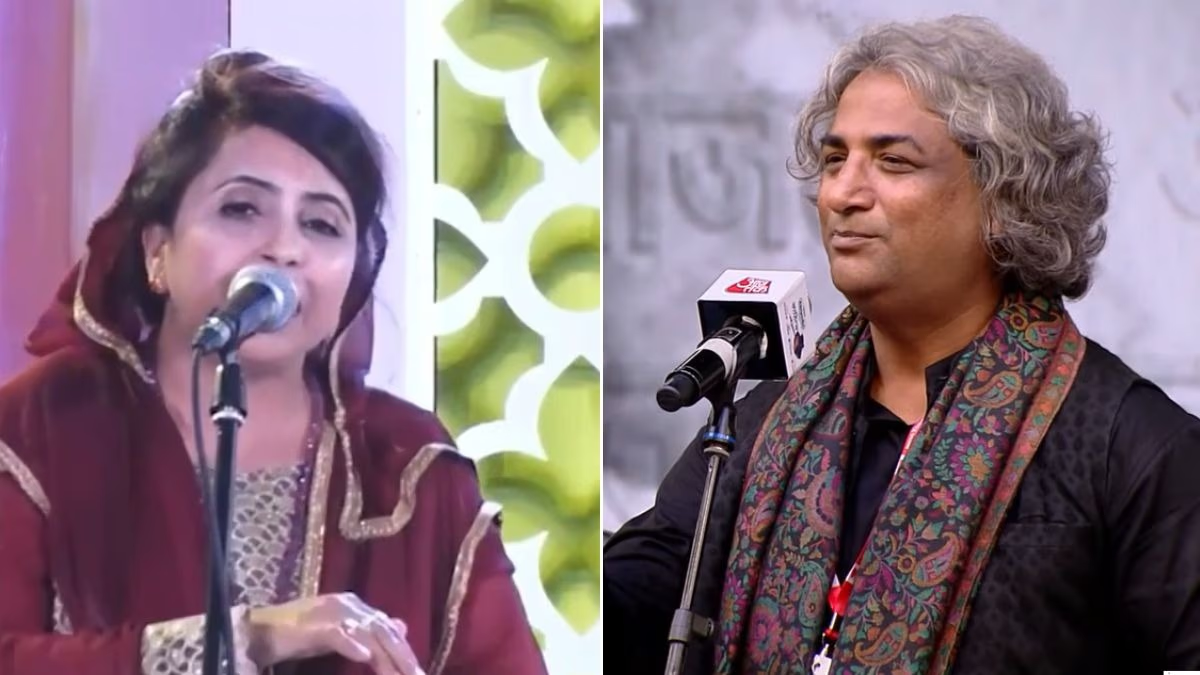A new government has taken charge in Delhi as the infamous months of October and November approach, when pollution levels skyrocket. To counter this, the government is planning artificial rain this winter to offer temporary relief from smog and pollution. However, some pressing questions remain.
How many days of pollution relief can we expect? What are the costs involved with artificial rain? Is this method truly necessary?
Last year, the Delhi government planned artificial rain on the 20th and 21st of November, entrusting IIT Kanpur with the task. They are likely to be involved again this year.
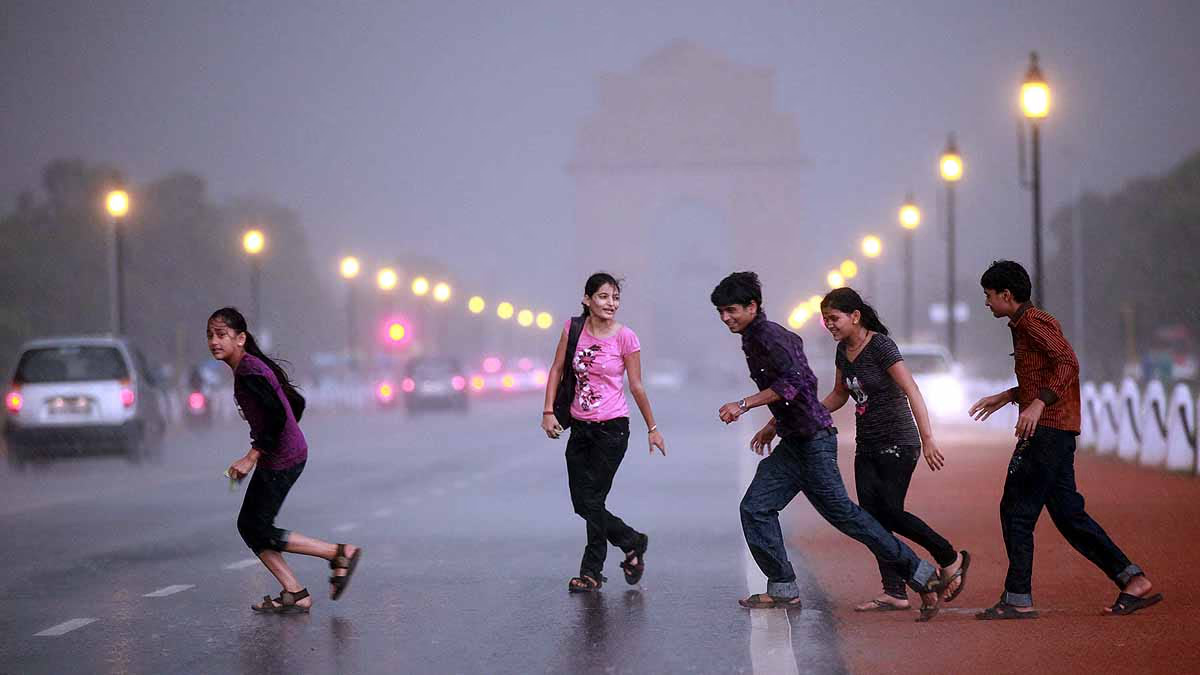
Source: aajtak
What is needed for artificial rain?
Firstly, wind speed and direction are crucial. Secondly, the sky must have at least 40% cloud cover with moisture. Small variations can be managed, but significant discrepancies could render efforts futile, or worse, have negative effects.
How is artificial rain made?
Scientists disperse silver iodide, dry ice, and common salt into clouds at a specific altitude in a process called cloud seeding. Aircraft is not the only option; balloons or rockets can also be used. The right cloud selection is vital, especially when winter clouds lack sufficient moisture.
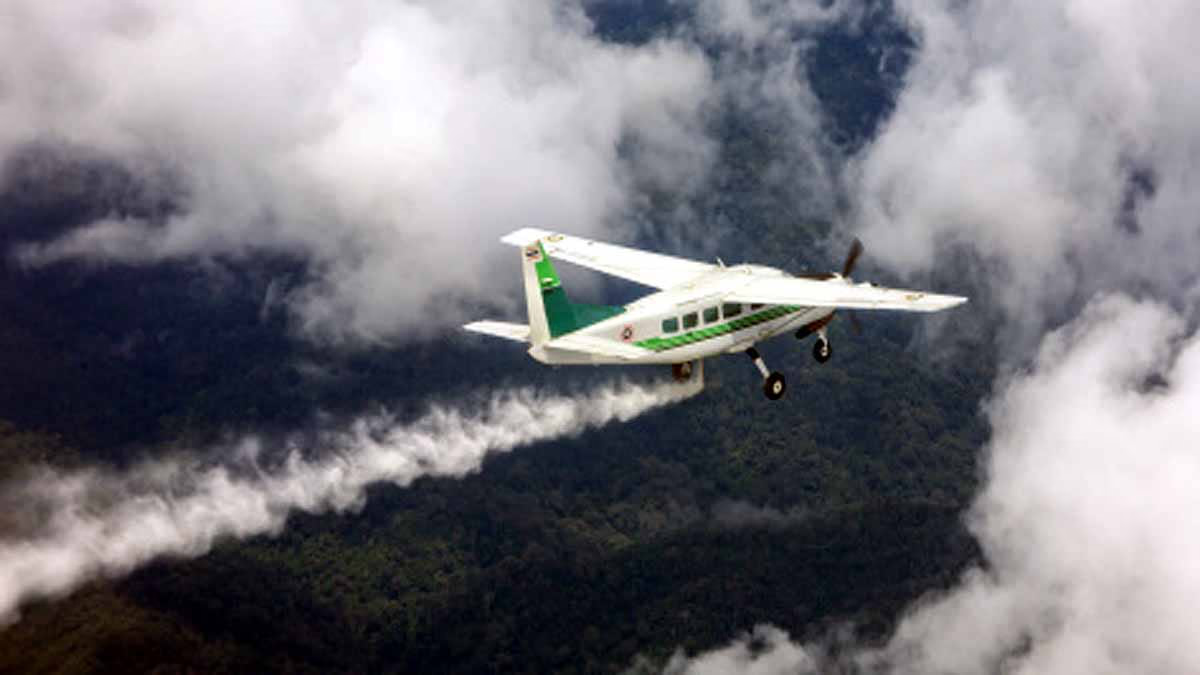
Source: aajtak
Proper cloud selection is essential because winter clouds often lack the necessary water. When weather conditions are too dry, the raindrops evaporate before reaching the ground.
Will artificial rain reduce pollution?
There is no scientific proof that artificially induced rain significantly reduces pollution levels. For cloud seeding, silver iodide is sprayed into clouds using high-pressure solutions. The process may involve flying aircraft opposite to the wind direction.
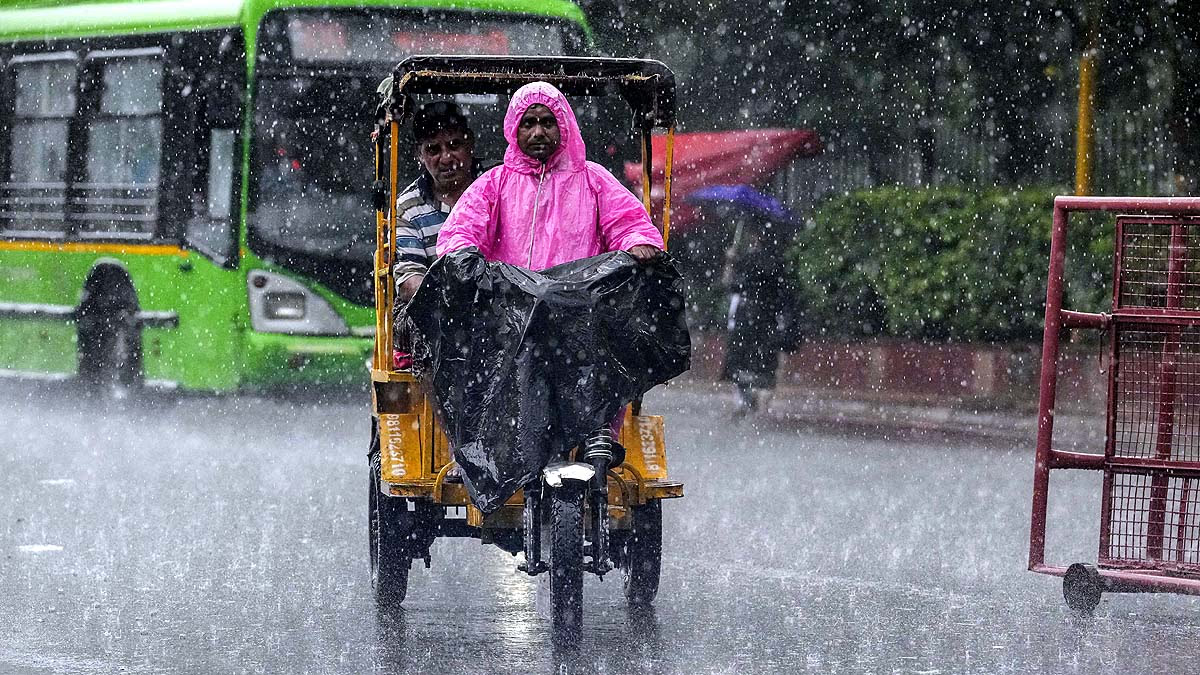
Source: aajtak
When aircraft encounter suitable clouds, chemicals are released, causing cloud moisture to cool to zero degrees Celsius, triggering solidifying of water particles, resulting in rain.
The cost of artificial rain per session is approximately 1 to 1.5 million INR
Should artificial rain be conducted in Delhi, an estimated 1 to 1.5 million INR would be required. So far, 53 countries have experimented with this technique. Trials using small aircraft in Kanpur have produced varied results from rain to mere drizzle. Weather conditions and ISRO's permission prevented artificial rain in Delhi plans in 2019.
What do scientists say?
According to scientists, artificial rain is not a permanent solution to smog or severe air pollution. It may only provide relief for a short duration of 4-10 days. Moreover, sudden shifts in wind could divert chemicals to another district, rendering efforts ineffective and highlighting the importance of precise calculations in cloud and wind movement.

